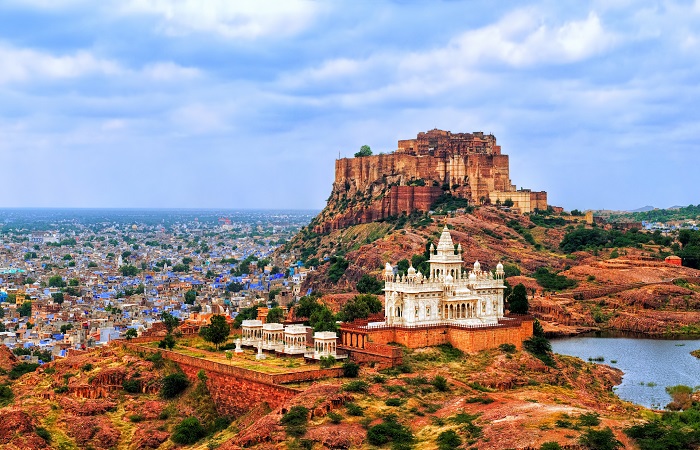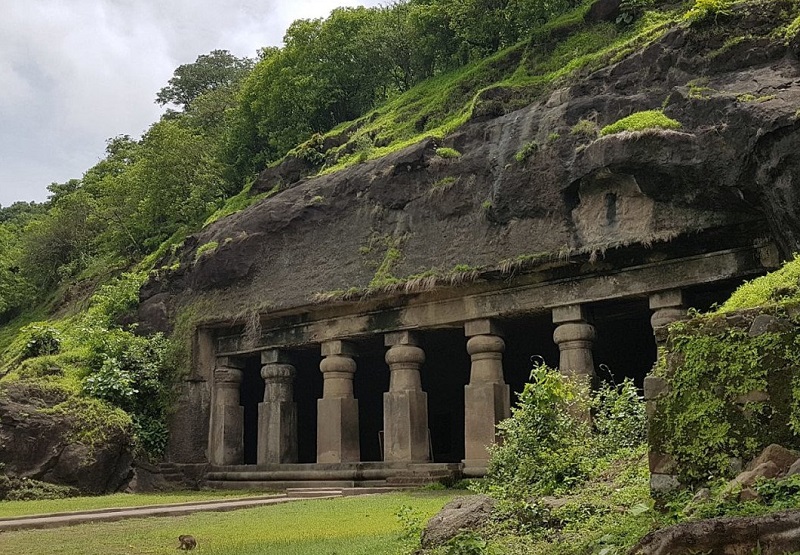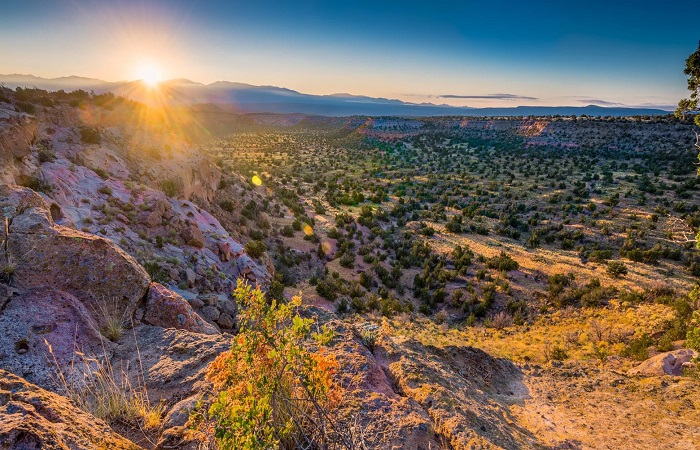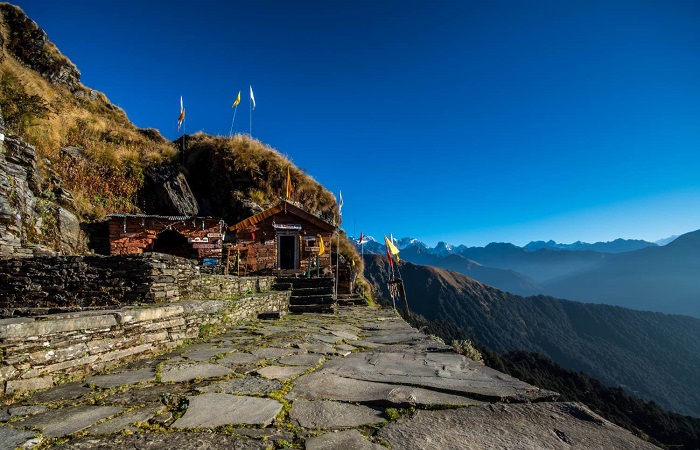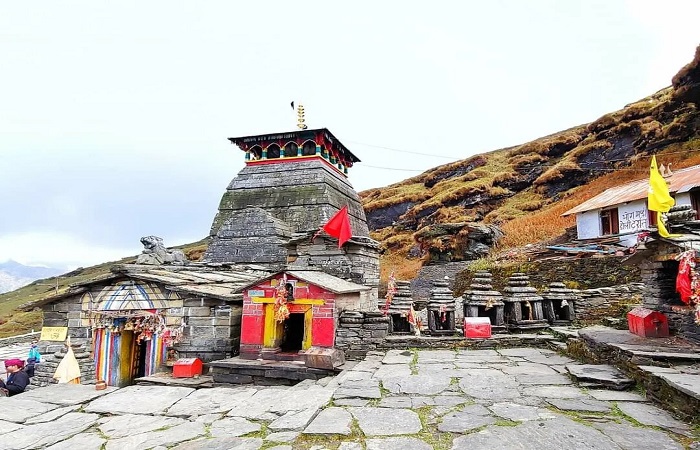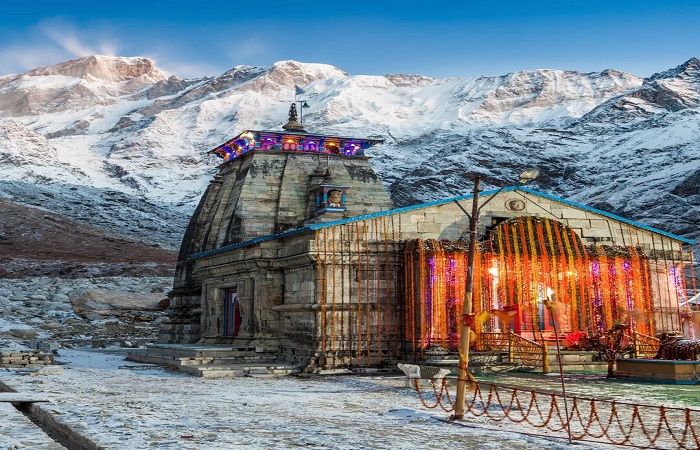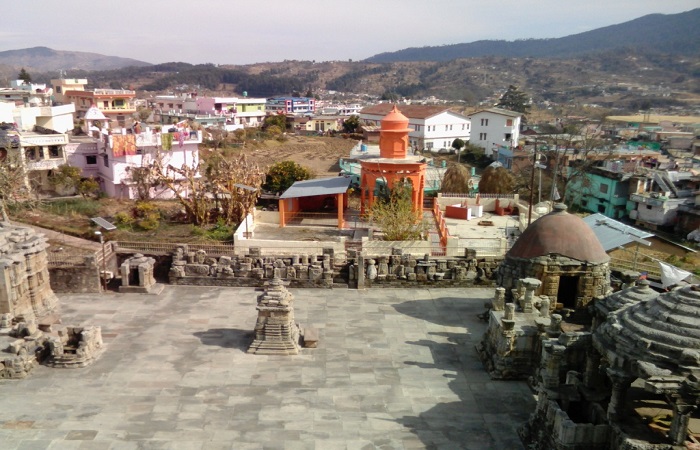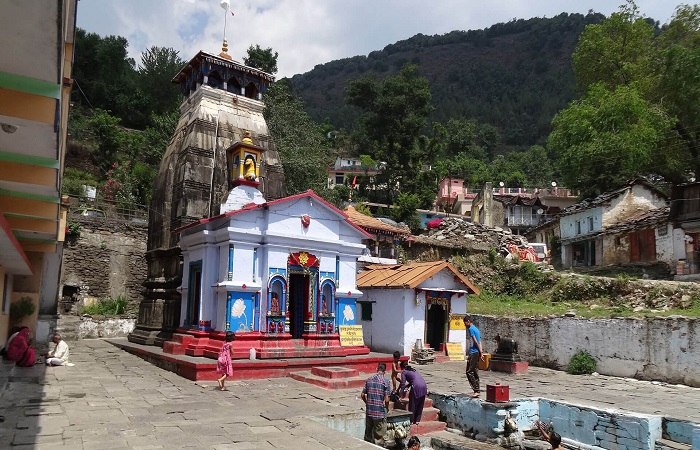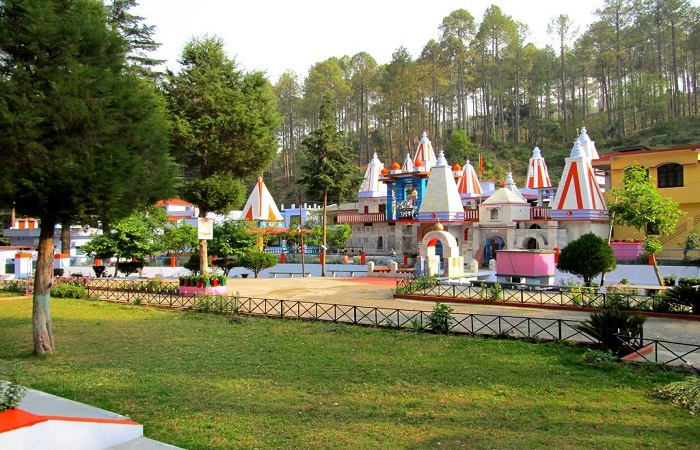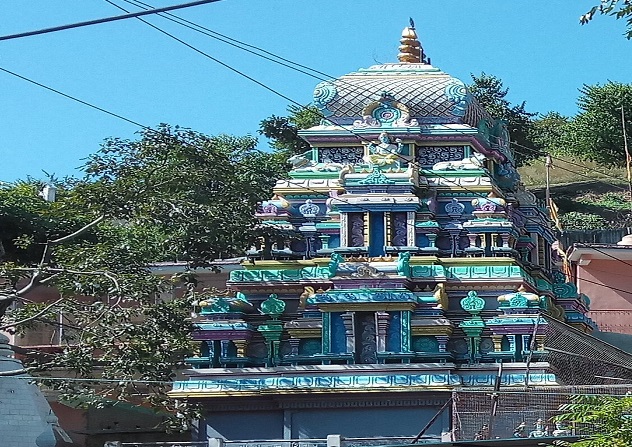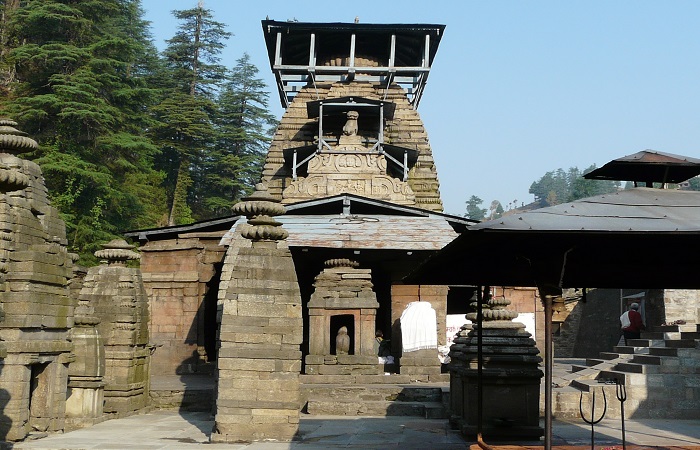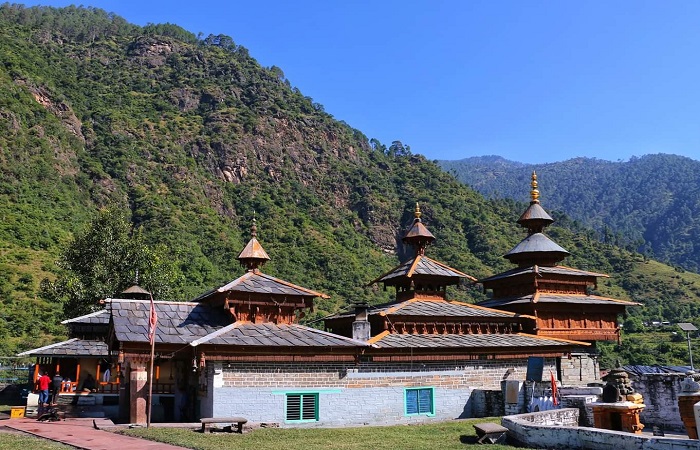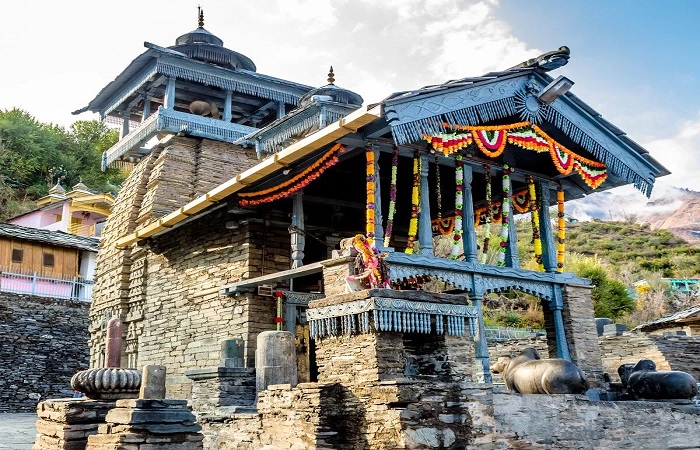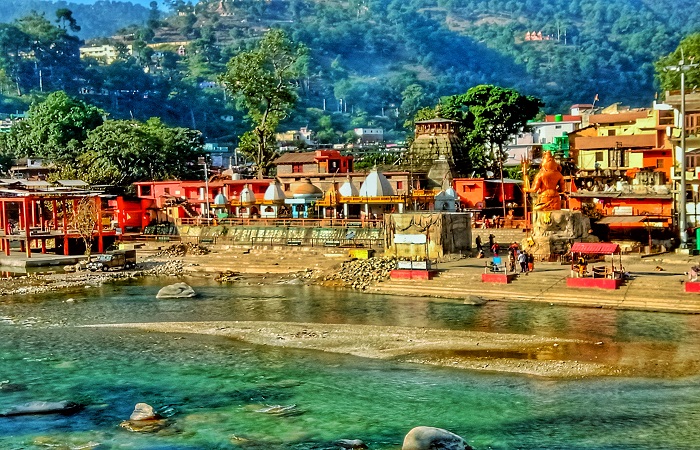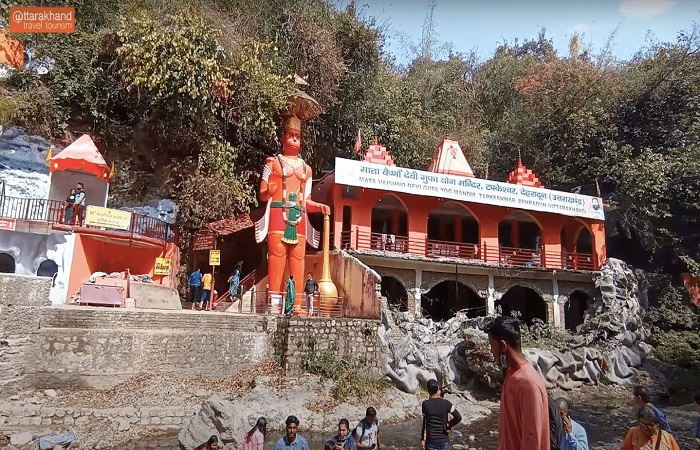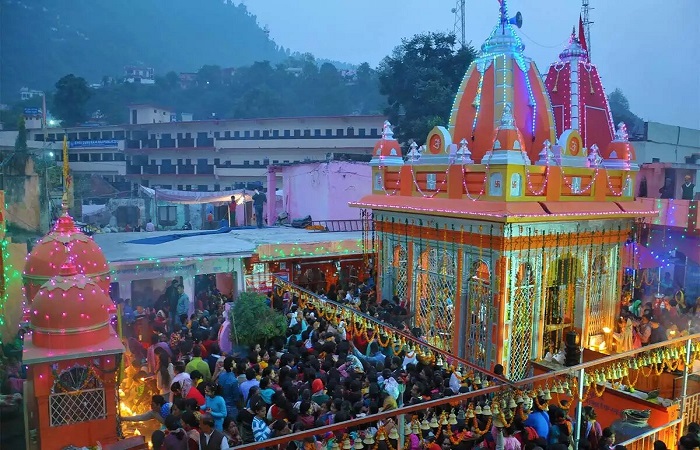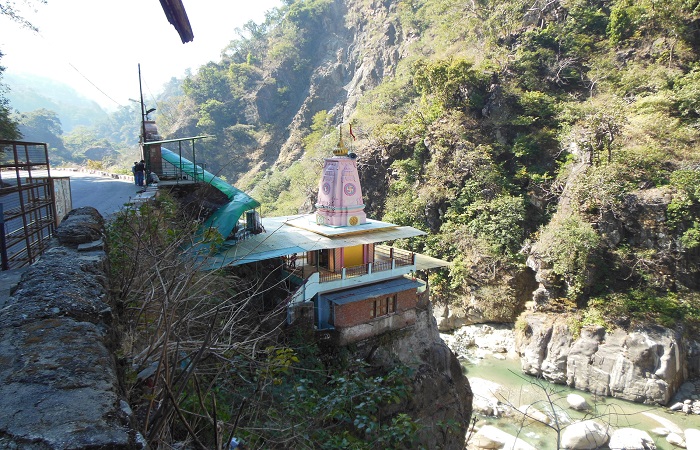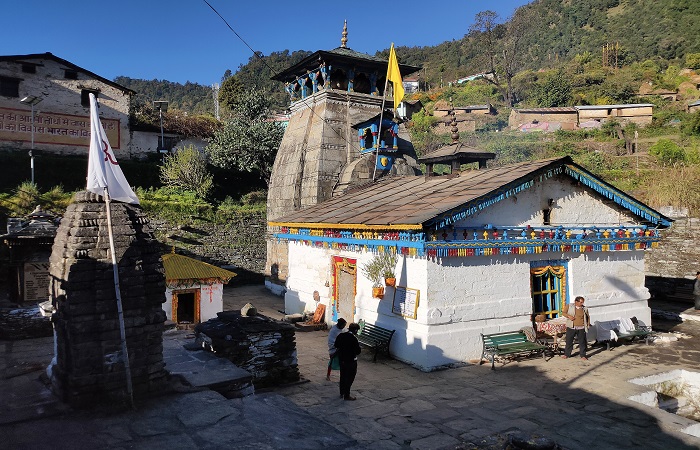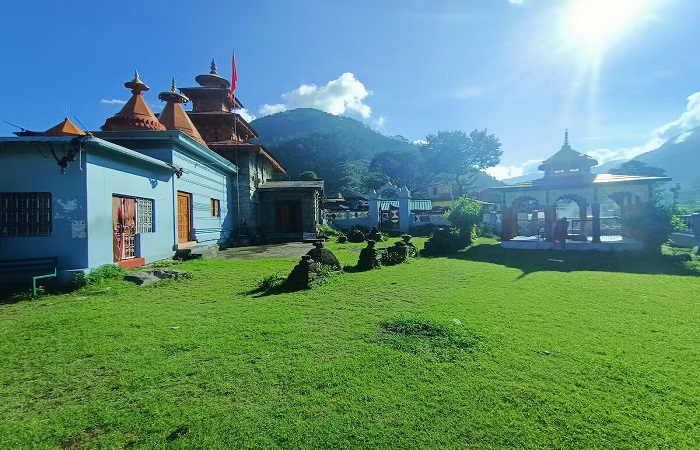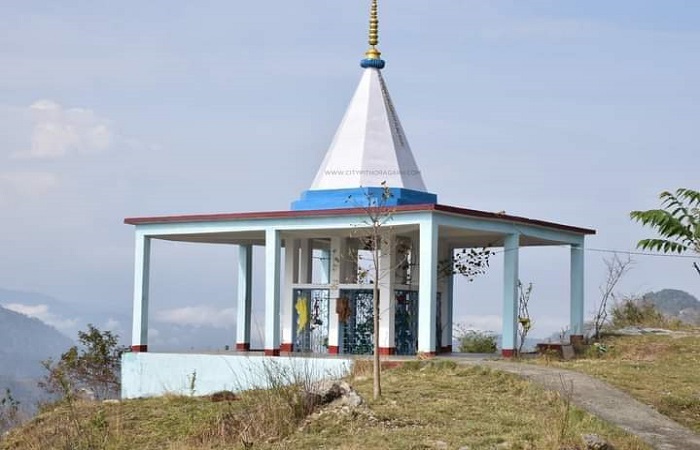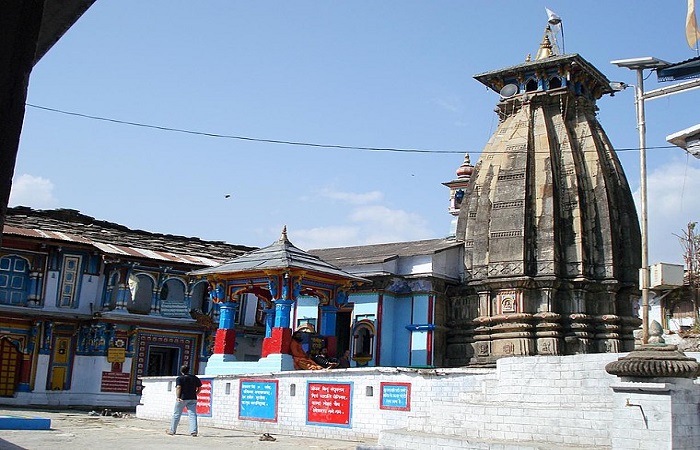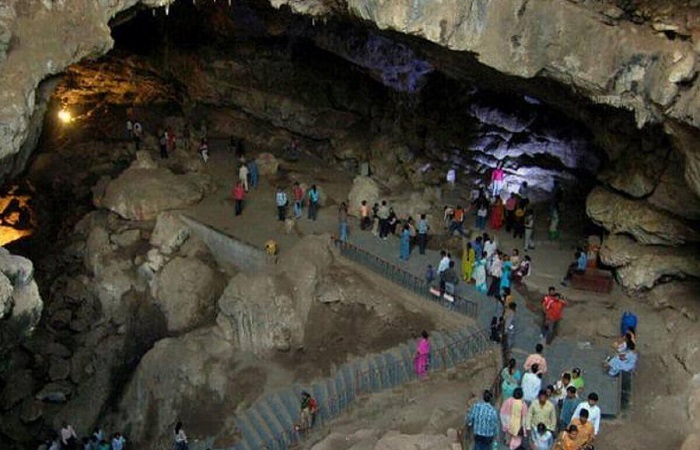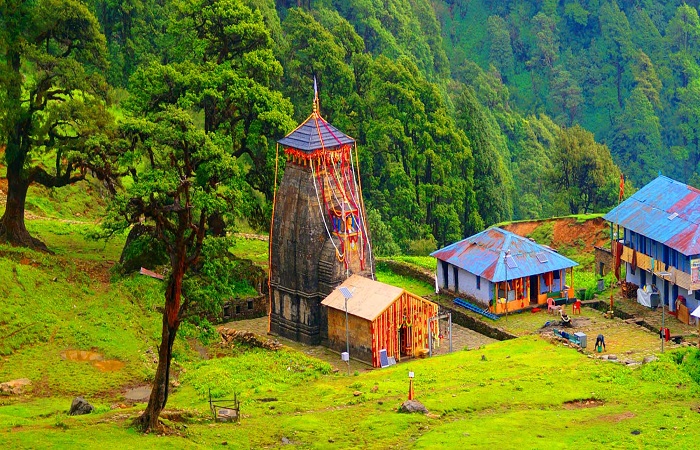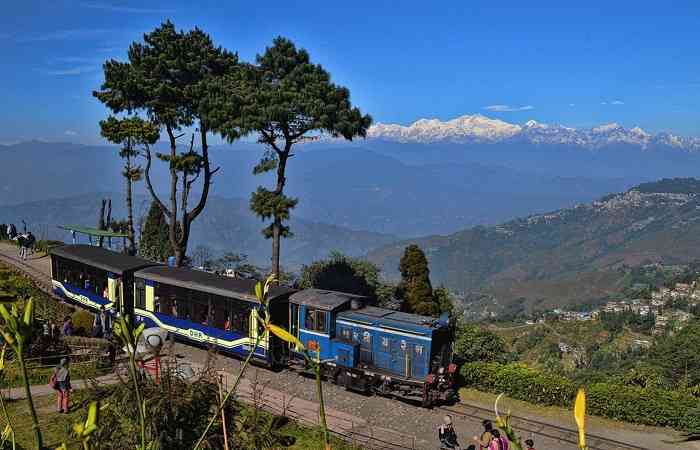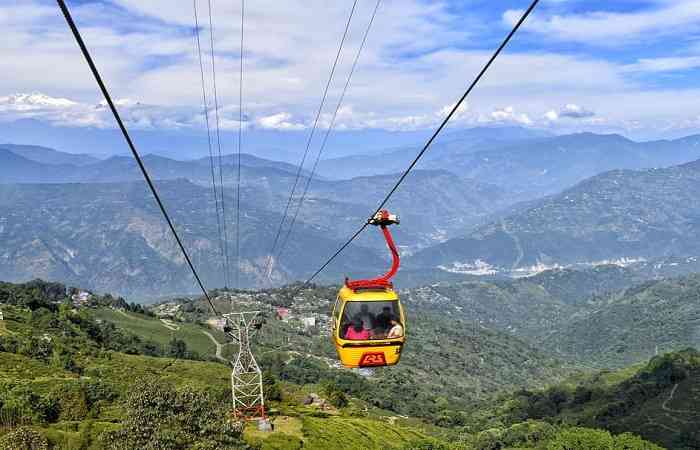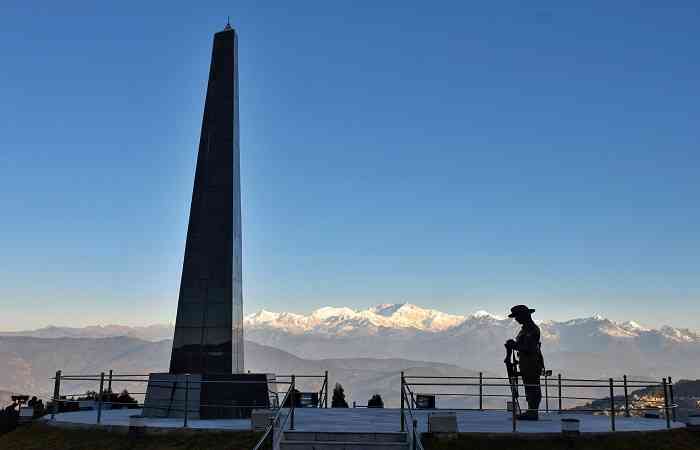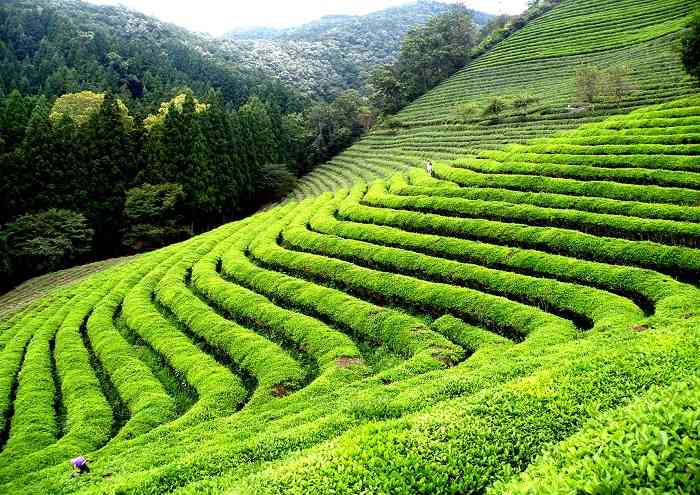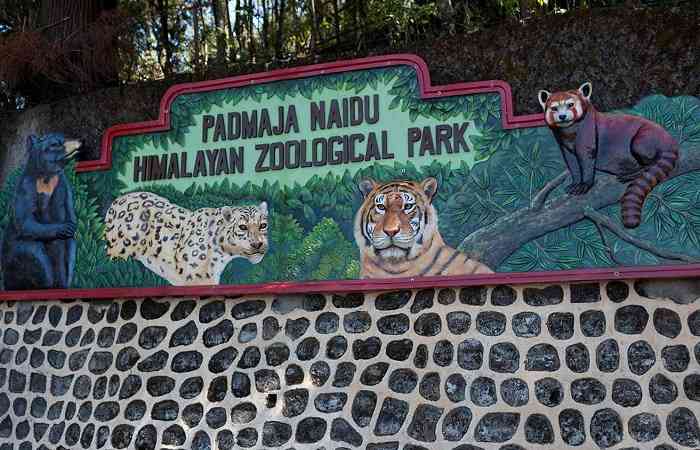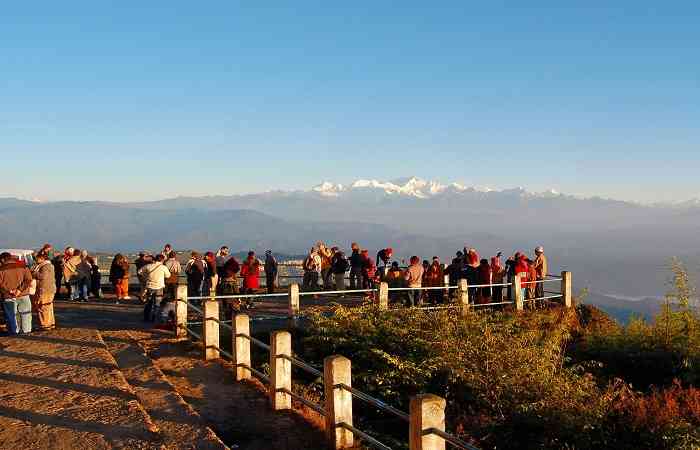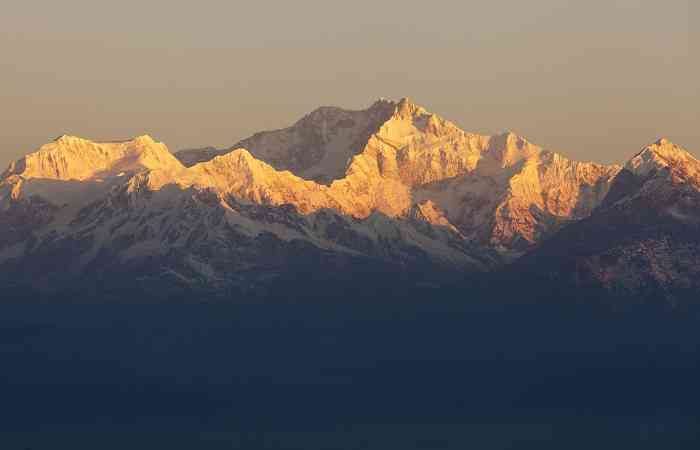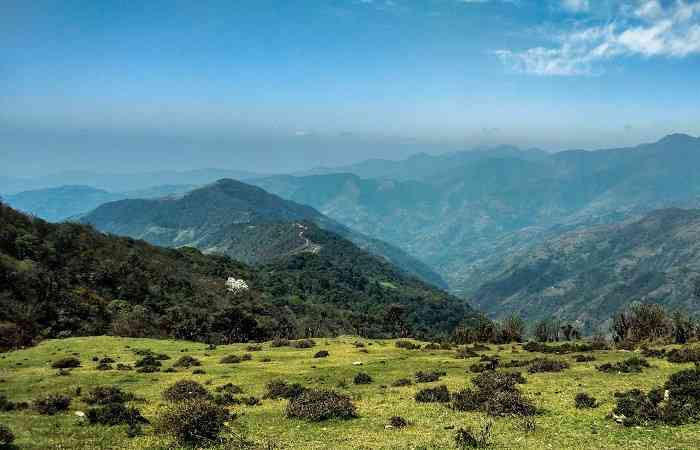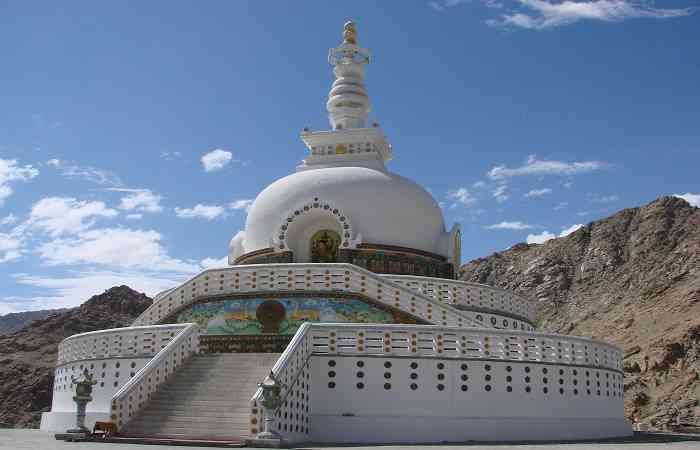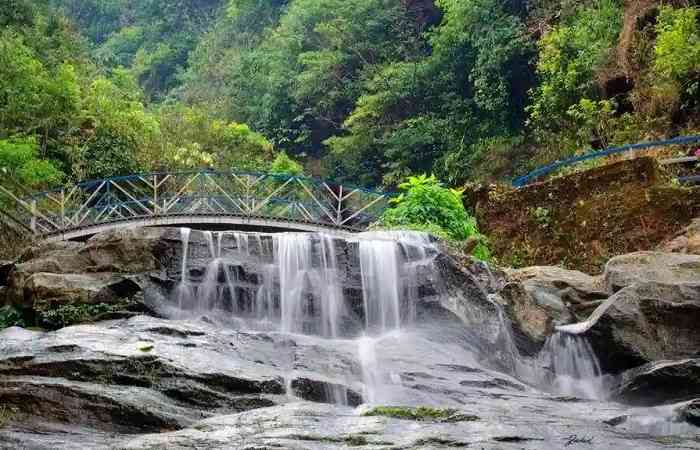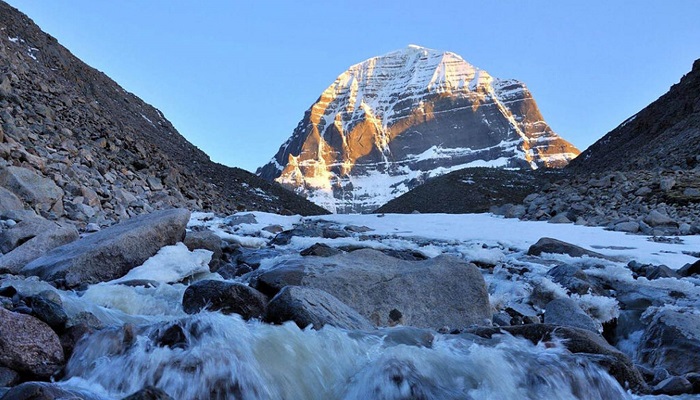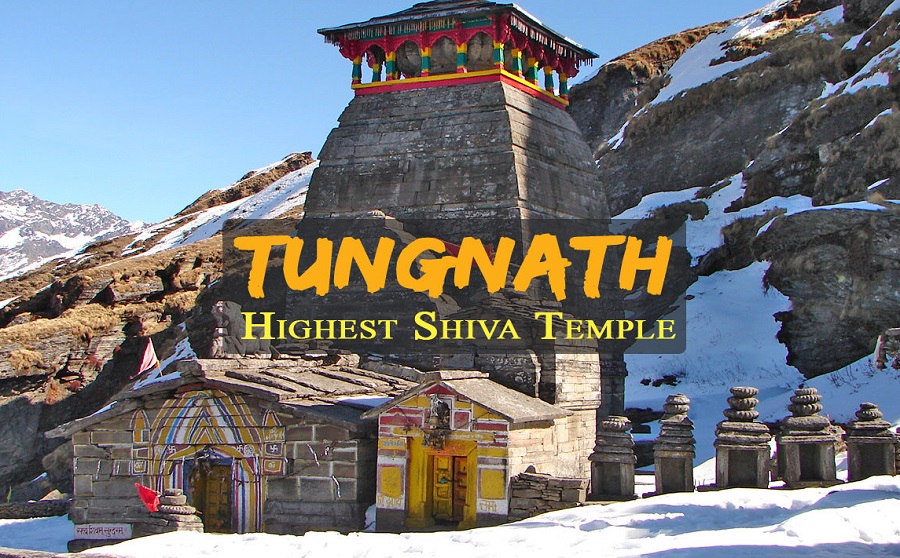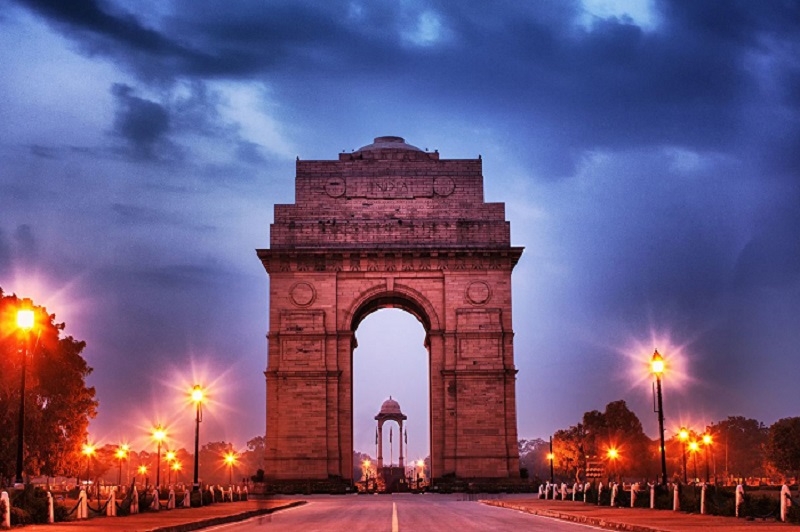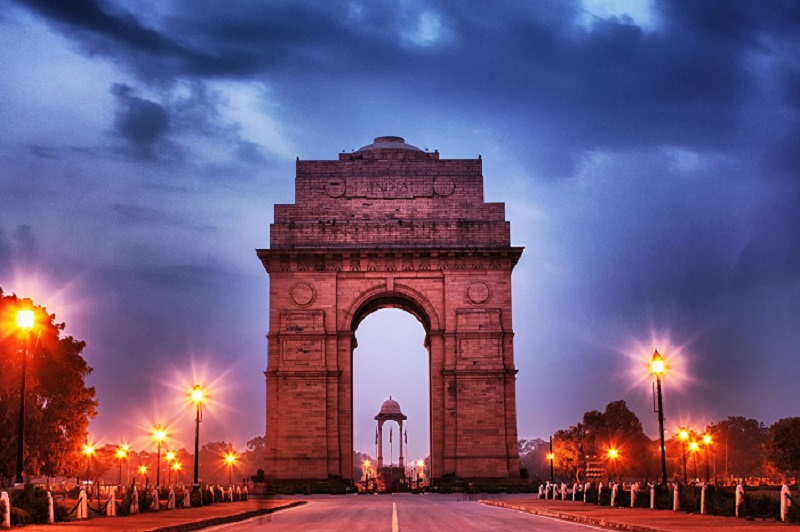The princely state of Gujarat has some exotic collections of flora and fauna. The beautiful state is a natural habitat for many rare and endangered species. Further, the National Parks in Gujarat showcase the rich bio-diversity of the entire state in the forms of dry deciduous forests, lush green grasslands, wetlands, and marine ecosystems. It is also home to a sizable population of the Asiatic Lions which are only a few left in India.
So having a unique and rich ecosystem, it is a great destination for the wildlife enthusiast Plain India. Along with wildlife, Gujarat is a popular destination for beach lovers, nature lovers, and spiritual travelers. Here we only discussed the best national parks and wildlife sanctuaries in Gujarat for all wildlife lovers.
List of the 7 Famous Wildlife Sanctuaries & National Parks in Gujarat
1. Gir National Park
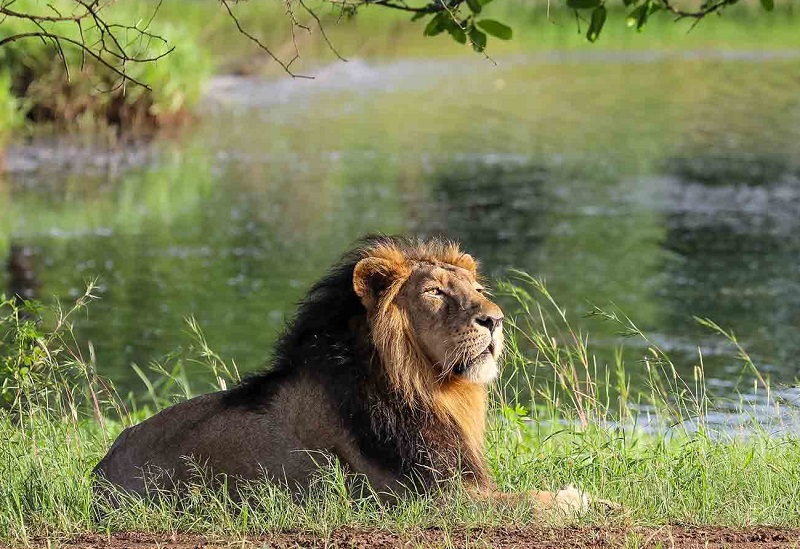
Gir Forest National Park is famous for its Asiatic Lions which are only a few left in India. Established in the year 1965 with a motive to protect Asiatic Lions, it is popularly known as Sasan Gir. Spread an area of 1412 sq km, it is one of the largest national parks in Gujarat and is also considered a popular wildlife spot in India. Home to a diverse range of flora and fauna, it is also listed as one of the best national parks in India. Apart from Asiatic Lions, some of the popular wildlife animal species that you can spot here such as leopard, chausingha, spotted deer, hyena, sambar deer, and Nilgai.
Further, the national park consists of a wide expanse of thick forest, isolated hills, deep valleys, and lush green grassland. In addition, the park houses 450 species of plants, 32 species of mammals, 300 species of birds, and about 37 species of reptiles. So having such a kind of diverse range of flora and fauna, it is a great place for wildlife enthusiasts in Gujarat. One can also take a jeep safari to explore this park from the closet.
Best Time to Visit: December to April (Closed Mid-June to Mid-October)
2. Marine National Park
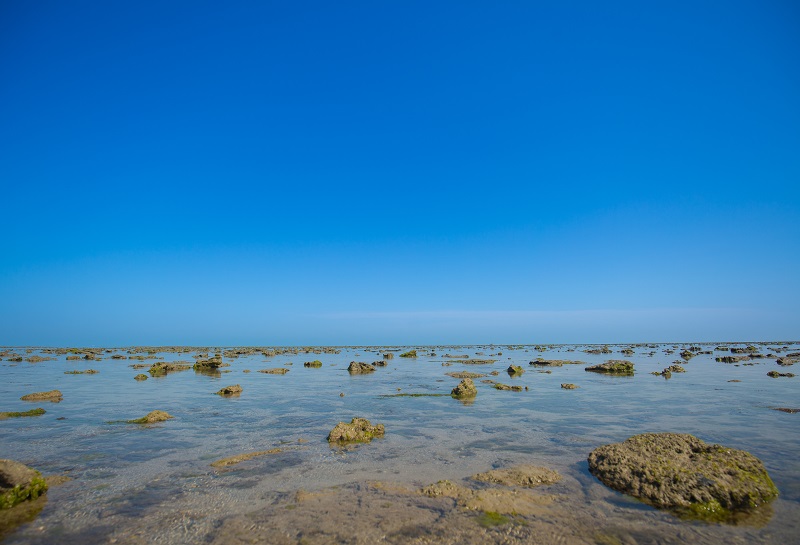
Marine National Park in the Gulf of Kutch is one of its kind in India. Established in the year 1982, it is the first marine national park in India and it covers an area of 162 sq km. The park is distributed in 42 scattered islands which is home to different species of aquatic animals such as sponges, sea turtles, finless porpoise, dugong, lobster, dolphin, jelly-fishes, and corals. The Marine National Park was established to protect two major ecosystems namely, mangroves and corals. At present, the park houses around 108 species of algae, 37 species of hard and soft corals, and about 70 species of sponges. It is also home to some endangered species like whale sharks, sea turtles, leatherbacks, and olive ridges. So if you want to observe exotic species of marine life then, it is one of the best national parks in Gujarat.
Best Time to Visit & Entry Fees: October to February, Rs. 150 per person
Must Read: Festivals of Gujarat
3. Barda Hills Wildlife Sanctuary
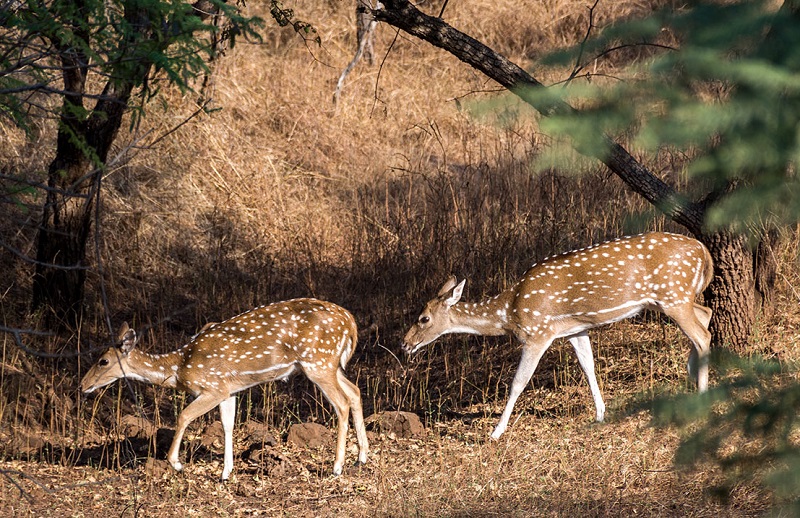
Located in Porbandar as well as in Jamnagar, Barda Hills Wildlife Sanctuary is known for its exotic range of flora and fauna. Having a wide expanse of dense forests, agriculture fields, wetlands, and medicinal herbs, it is listed as one of the best wildlife sanctuaries in Gujarat. Covering an area of 192 sq km, it is home to rare and endangered species of fauna like Lion, Chinkara, Sambar, crocodile, crested hawk, leopard, hyena, wild boar, wolf, and jackal. The sanctuary lies on the private property of the princely states of Ranavav (Porbandar) and Jamnagar. Further, most of the part of this sanctuary covers a hilly area thus it is an ideal place for trekking.
Best Time to Visit: November to May
4. Kutch Desert Wildlife Sanctuary
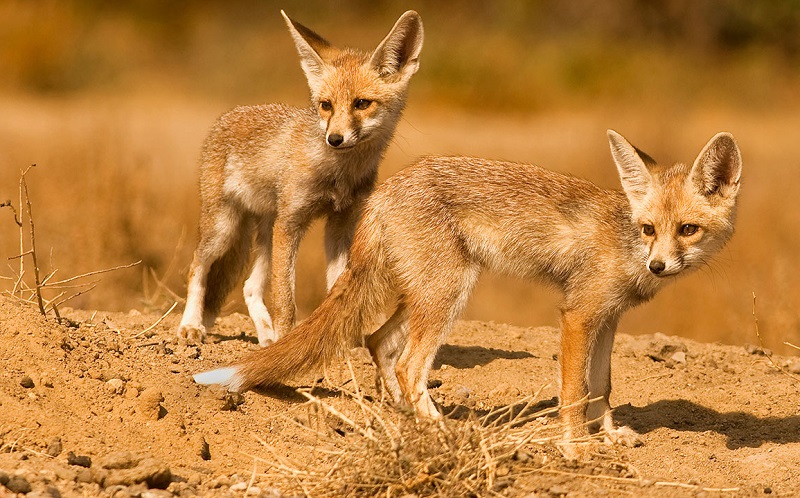
Kutch Desert Wildlife Sanctuary is located in Great Rann of Kutch in Gujarat about 100 km away from Bhuj. The wildlife sanctuary is spread over an area of 7505.22 sq. km, so it is the largest wildlife sanctuary in India. Encompasses the largest seasonal saline wetland areas, it is one of its kind. Home to a large population of flamingo birds, it is a famous bird watcher paradise in Gujarat. On the other hand, it also has a wide variety of wild animals like hyenas, foxes, wolves, and chinkaras. Some other popular bird species that you can spot here such as Indian porcupine, spiny-tailed lizard, black-necked storks, and Indian cormorant.
Best Time to Visit: October to February
Must Read: Religious Tourism in Gujarat
5. Velavadar National Park
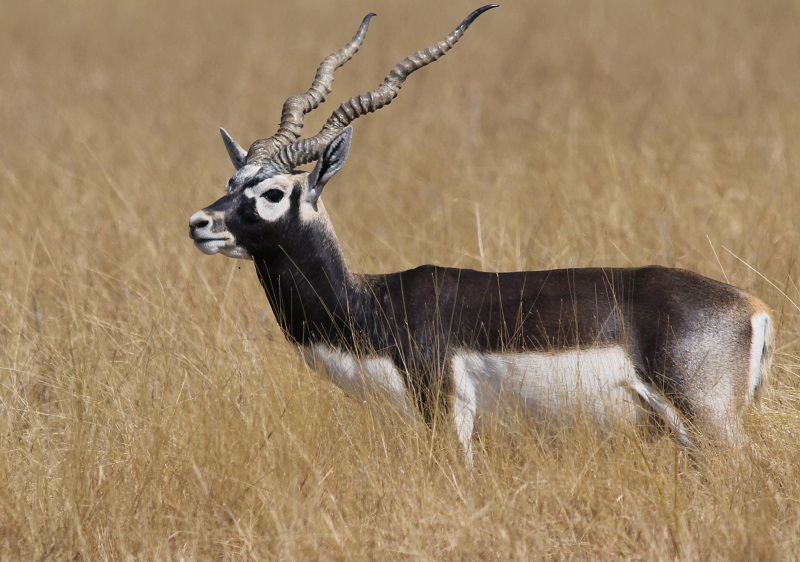
Velavadar National Park also known as Blackbuck National Park is located in the Bhavnagar district of Gujarat. Famous for its sizable population of Blackbucks, it is a popular paradise for birdwatchers. The park also is known for its unique topography which comprises evergreen grasslands to mud flats. Besides that, it is home to some endangered species such as the Indian wolf, Jackal, Indian fox, Jungle cat, Rodents, and wild pigs. Initially, it was declared as a Forest Reserve and later got a status of National Park in the year 1976. Further, the sustained ecological condition of this park makes it a natural habitat for various birds and avifauna species. Moreover, you can’t miss this site in the list of all famous national parks in Gujarat.
Best Time to Visit: November to March
Entry Fees: Rs. 20 for Indians and Rs. 350 for Foreigners
6. Vansda National Park
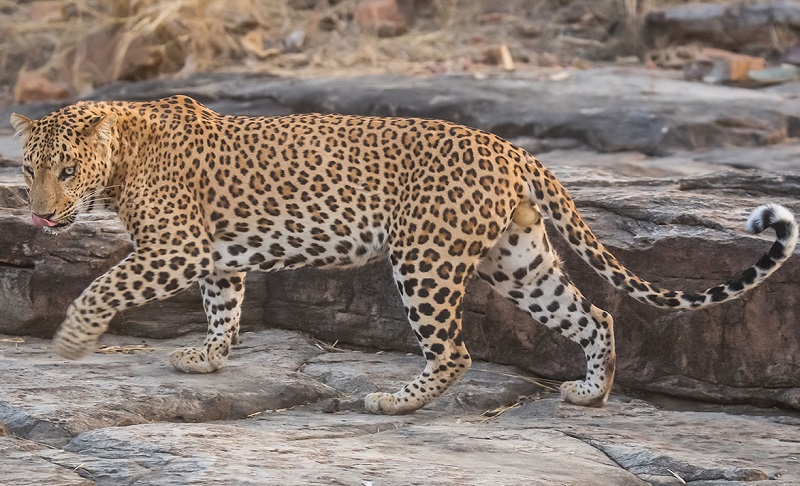
Situated alongside the Sahyadri mountain ranges in the deciduous forest of Western Ghats, Vansda National Park is one of the most popular wildlife reserves in Gujarat. Spread over an area of 23 sq km, the park boasts a diverse range of flora, fauna, and avifauna species. Further, a beautiful river Ambika also flows throughout the park which offers it a glorious look. Located very close to Waghai town, the park serves as an entry point for the Dang jungles which is a great site for nature lovers.
Apart from that, the surrounding area of this park is inhabited by various local tribes, so you can also get a chance to explore their unique culture and traditions. Apart from wildlife, it is a picture-perfect place for photographers as it is filled up full of natural sightseeing. Popular wildlife species that you can spot at Vansda National Park are Leopard, macaque, wild boar, hyena, spotted deer, Indian porcupine, jungle cat, flying squirrel, etc. Undoubtedly, it is the best tourist destination for wildlife enthusiasts in Gujarat and should not be missed.
Best Time to Visit: November to March
7. Porbandar Bird Sanctuary
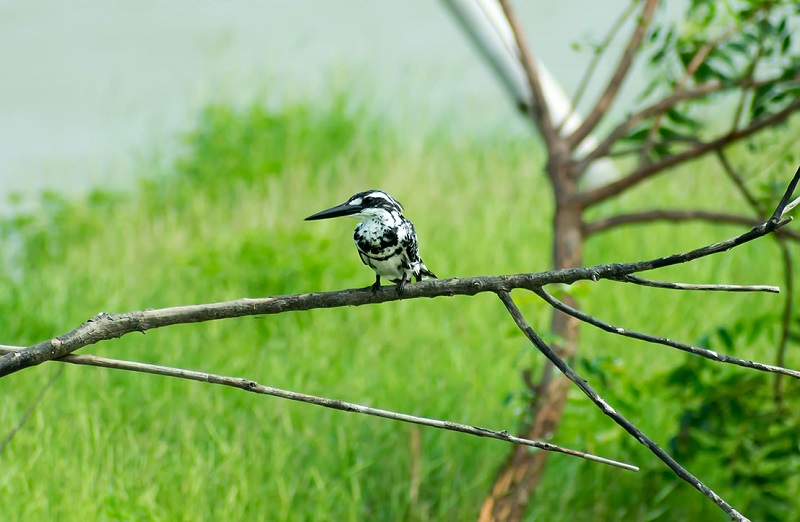
Covers an area of 1 sq km, it is the smallest bird sanctuary in Gujarat. Located in the heart of Porbandar around a freshwater lake, the sanctuary attracts lots of migratory birds all around the year. You can see a wide range of local as well as migratory birds here including Flamingoes, whistling teals, gulls, terns, jacanas, ruff, redshanks, pelicans, ducks and geese, avocet, coots, cormorants, herons, etc. With all these species of birds, it is a famous paradise for the birdwatcher in Gujarat. Apart from birdwatching, it is an ideal place for nature lovers and ornithologists.
Best Time to Visit: November to April
These are the most popular wildlife sanctuaries and national parks in Gujarat making it a heaven for the wildlife enthusiast. All these wildlife reserves are famous for their endemic range of flora and fauna. So if you are looking for a perfect wildlife tour in Gujarat then must explore all the above-mentioned sites.
